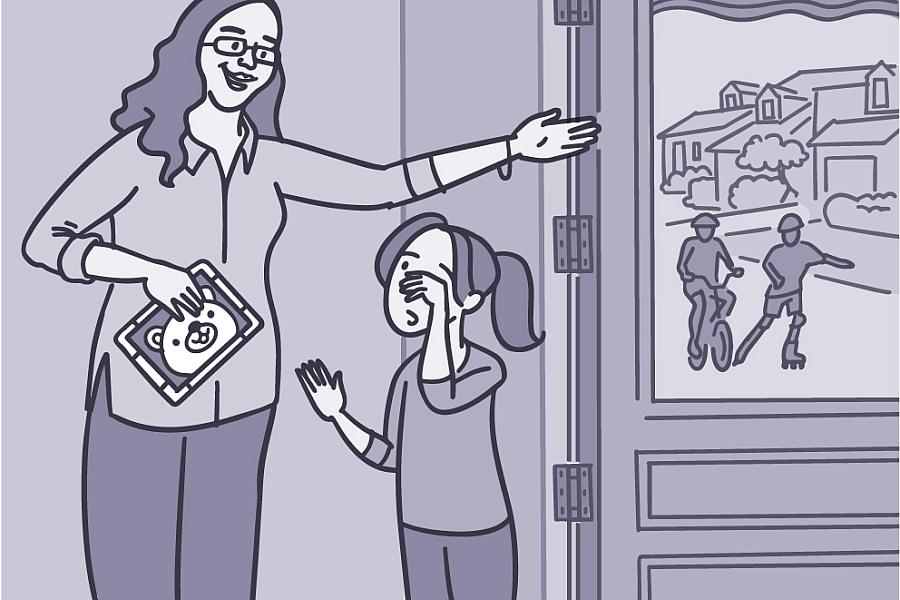Health Capsule
Mapping Language Problems in the Brain
We often use language to communicate our knowledge and beliefs. But such communication can be challenging for up to 8 million people nationwide who have some form of language impairment.
To learn more about how language is organized in the brain, an NIH-funded research team studied people with a type of language impairment known as aphasia. Aphasia can arise after injury to the brain regions that help people express and understand language. The condition can occur suddenly—for example, from stroke or head injury. It can also develop slowly, from a brain tumor, an infection, or dementia.
The scientists studied 99 volunteers who had aphasia after a stroke to the left side of the brain. A wide range of tests helped to assess participants’ language functions. For instance, they were asked whether 2 spoken words rhymed, to name items shown in pictures, to indicate whether spoken words were real English words, and to repeat lists of one-syllable words.
The scientists found 2 major divisions in the way the language system is organized, resulting in 4 factors: the meaning vs. the form of words, and speech recognition vs. production.
The team examined brain scans to compare people’s symptoms with the damaged areas in their brains. The researchers found that the 4 factors were tied to various brain regions. Speech production and speech recognition were associated with damage to neighboring brain regions. In contrast, the meanings of words and pictures were processed by a more distributed network of brain regions, with the connections between regions being especially important.
“By studying language in people with aphasia, we can try to accomplish 2 goals at once: We can improve our clinical understanding of aphasia and get new insights into how language is organized in the mind and brain,” says Dr. Daniel Mirman at Drexel University in Philadelphia.
The findings shed light on language processing in the brain. They might also lead to better diagnosis and treatment strategies for language impairments.
NIH Office of Communications and Public Liaison
Building 31, Room 5B52
Bethesda, MD 20892-2094
nihnewsinhealth@od.nih.gov
Tel: 301-451-8224
Editor:
Harrison Wein, Ph.D.
Managing Editor:
Tianna Hicklin, Ph.D.
Illustrator:
Alan Defibaugh
Attention Editors: Reprint our articles and illustrations in your own publication. Our material is not copyrighted. Please acknowledge NIH News in Health as the source and send us a copy.
For more consumer health news and information, visit health.nih.gov.
For wellness toolkits, visit www.nih.gov/wellnesstoolkits.




